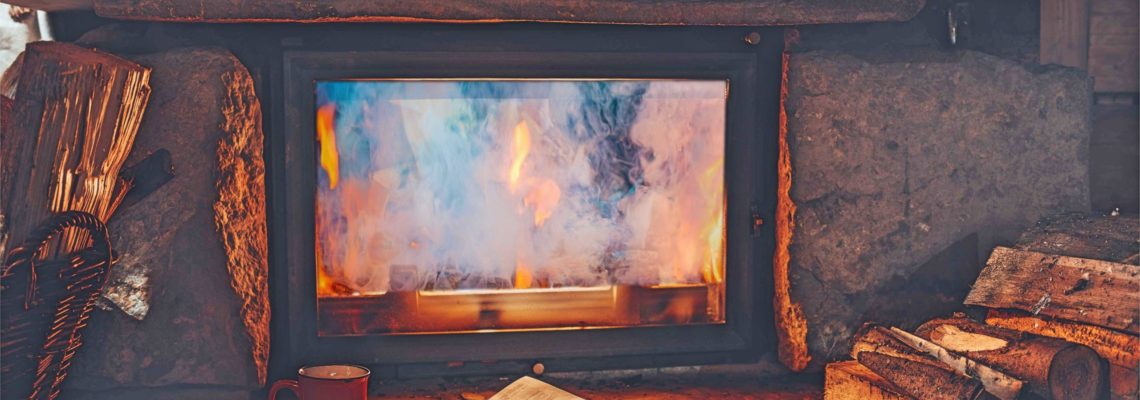There’s nothing like a crackling fire on a chilly evening to make your house feel warm and cozy. But if you accidentally fill your house up with smoke, there could be lingering odors that are difficult to remove from carpets and drapes. To enjoy your fireplace without potential hazards, follow these fireplace safety tips to avoid smoke damage in Springfield Missouri.
Keeping the Smoke Out
A gas fireplace prevents problems with potential smoke damage, but if you have a wood burning fireplace, there’s always going to be some smoke.
The majority of that smoke is supposed to go up your chimney in a wood burning fireplace, but when problems occur, it can start billowing out of the fireplace and into your living room.
Smoke is a hazard to your health as well as your home, so it is important to make sure your fireplace and chimney are working properly before lighting a fire. Especially if it’s your first fire of the season. Start with a small test fire before lighting a giant fire right out of the gate.
Open the Chimney Damper
The most likely reason for smoke to come into the house is that the damper isn’t open. The damper seals the chimney when it’s not used. If you forget to open it, the smoke isn’t going to be able to go up the chimney to the outside. Instead, it’ll come back into the home.
This can quickly fill your home with heavy smoke. Make sure you understand what type of damper is in your chimney and how it operates. Is it a throat damper or top-seal damper? Learn how to open it before using the fireplace. Make sure it is fully opened. Smoke can still get inside your home if it’s only partially opened.
Avoid Blockages in Chimney
If the damper is completely open, but a lot of smoke is still getting into the home, it’s possible that the chimney is blocked. Have your chimney inspected and cleaned by a professional yearly before use to prevent this. Blockages can happen due to animal nests, creosote buildup, debris, and more.
Make Sure the Fireplace is Vented Properly
If the fireplace doesn’t have proper airflow, it’s going to allow smoke back into the home. Older chimneys may need to be updated with more ventilation, as today’s appliances require larger flues due to producing more gases when wood is burned.
If there is insufficient venting, hire a professional to add more venting to avoid getting smoke into the home.
Only Use Seasoned Firewood
Wood that is still moist isn’t going to burn properly and will smoke more. Plus, it can have mold or mildew on it, which can lead to health problems when it burns.
Any wood for the fireplace should be stored outside, where it can have airflow around it, and off the ground. It should also be fully dried out to help it burn more efficiently and produce less smoke.
Understanding Convection
Convection is how heat gets transferred, which allows the smoke to rise through your chimney. If the fireplace’s opening is covered, smoke can build up inside the home and it can appear that there is insufficient venting. There should be sufficient room between the exterior walls and where the flue enters to allow the heat to flow properly and prevent smoke inside the home.
Proper care and preparation can help prevent smoke damage inside your home, but mistakes do happen. If you ever need help with smoke damage restoration from your fireplace, call the professionals at PuroClean Certified Restoration to do the job right.


